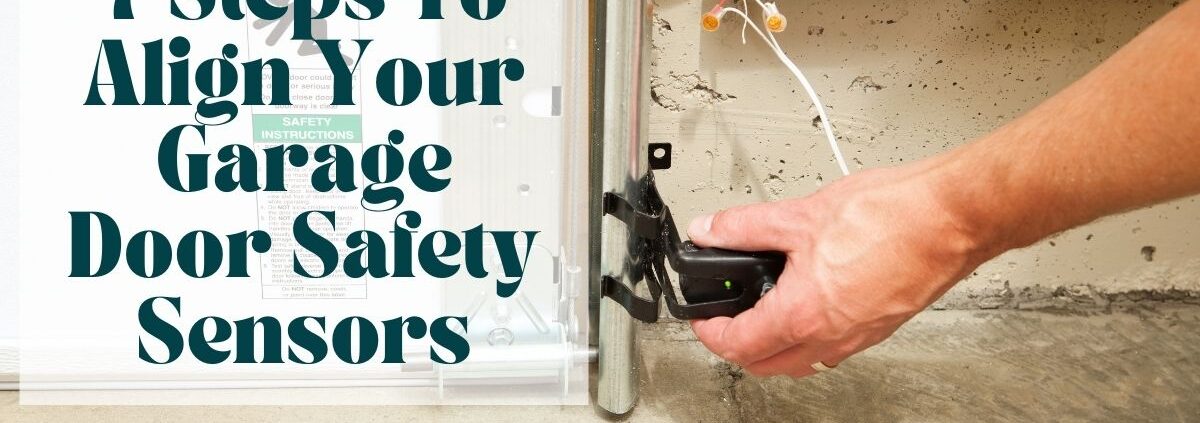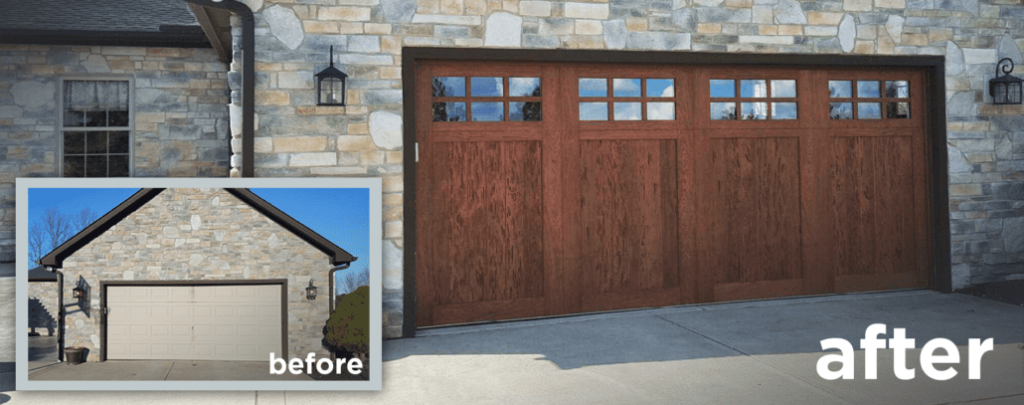Your garage door is a key player in your home’s curb appeal, security, and energy efficiency. With styles ranging from minimalist aluminum to rugged woodgrain textures, choosing the right option requires balancing durability, climate needs, and budget. Let’s explore the latest insights on brands, materials, and installation strategies to simplify your decision.
Top Garage Door Brands: Balancing Quality and Peace of Mind
Trusted brands combine craftsmanship with reliability. For 2025, these leaders stand out:
- Clopay: Clopay’s steel and carriage-house designs are favorites for their energy-efficient insulation, which reduces heat transfer by up to 20% in extreme temperatures. Homeowners appreciate their robust warranties, with up to a 15-year limited coverage on door integrity for residential models 1.
- Amarr: Amarr prioritizes safety with UL 325-certified auto-reverse mechanisms and pinch-resistant rollers, critical for families with children or pets 21. Their warranties often include 10-year coverage on hardware, reflecting their commitment to durability.
- CHI Overhead Doors: Known for sleek aluminum-and-glass designs, CHI integrates tempered glass panels that resist shattering—a practical choice for modern homes in storm-prone areas like Florida.
- Wayne Dalton: Wayne Dalton’s hybrid wood composite doors mimic natural timber aesthetics but require 30% less maintenance, making them ideal for dry climates like Arizona 4.
Choosing Garage Door Materials: Climate, Cost, and Longevity
Material choice shapes upkeep, energy efficiency, and lifespan. Here’s how popular options compare:
- Steel: Affordable (starting at $300 for single-layer models) and low-maintenance, steel suits most climates. Opt for triple-layer insulated versions (R-value 8–20.4) to reduce heating costs by up to 15% in winter 56. However, dents can accumulate in high-traffic areas.
- Aluminum: Lightweight and rust-proof, aluminum thrives in humid coastal regions. A homeowner in Miami reported 30% fewer corrosion issues after switching to aluminum doors. Downsides include minimal insulation and susceptibility to dents.
- Wood: Wood offers natural warmth and noise reduction, with a lifespan of 20–30 years in dry climates. However, it demands annual sealing to prevent warping in rainy areas like Seattle 74.
- Fiberglass: For hot, arid climates, fiberglass resists UV damage and requires only occasional hosing. Its lower insulation (R-value 3–4) makes it less ideal for colder zones 910.
Affordable Options Without Sacrificing Quality
Steel and vinyl lead the budget-friendly category:
- Steel: Prices range from $300 for basic models to $2,500 for insulated designs. Clopay’s Gallery Collection offers raised-panel styles under $1,200 6.
- Vinyl: At $300–$4,000, vinyl resists moisture and requires no painting, which is ideal for busy households .

Garage Door Replacement: Key Factors to Consider
Before replacing your door, evaluate:
- Climate Resilience: Insulated steel (R-value 15+) for Minnesota winters; corrosion-coated aluminum for Florida’s salt air 4.
- Safety: Look for motion sensors that stop closing if a pet or child crosses the path 2.
- Style: Match your home’s architecture. For example, carriage-house designs enhance traditional cottages 1.
- Professional Installation: Improper track alignment (a common DIY mistake) can shorten a door’s lifespan by 40% 16.
Installation Steps and Pitfalls to Avoid
Most installations follow these steps:
- Remove the Old Door: Release tension springs cautiously. Improper handling risks injury 17.
- Assemble Panels: Secure hinges vertically to prevent uneven gaps.
- Install Tracks: Maintain a ⅛-inch gap between the track and door for smooth operation 16.
Maximizing Energy Efficiency
Insulation is key for climate control:
- Triple-Layer Doors: Clopay’s Canyon Ridge line uses polyurethane foam for an R-value of 20.4, slashing heat transfer in harsh winters.
- Wood Composite: Wayne Dalton’s insulated wood-aluminum hybrids (R-value 11) offer a 25% energy savings compared to single-pane doors.

Security Upgrades for Modern Homes
- Smart Locks: Brands like LiftMaster offer app-controlled access, with activity logs to monitor entries 19.
- Reinforced Frames: Steel cross-members deter forced entry. This is a feature 80% of insurers recommend 20.
- Rolling Codes: Prevents code theft by generating new access sequences after each use 21.
Lifespan and Climate Adaptability
- Steel: Lasts 15–30 years but dents easily in hail-prone areas.
- Aluminum: 15–30 years in coastal zones; apply UV-resistant coatings in sunny climates.
- Wood: Up to 30 years if maintained. Avoid humidity above 60% 74.
Final Considerations
Prioritize materials that align with your climate—insulated steel for cold regions, aluminum for coasts. Invest in safety features like motion sensors, and partner with certified installers to avoid alignment issues. Even if you’re upgrading for aesthetics or efficiency, today’s options provide durability, style, and smart technology seamlessly.
Next Step: Consult a local installer for a climate-specific assessment, many offer free quotes and 3D design previews.
